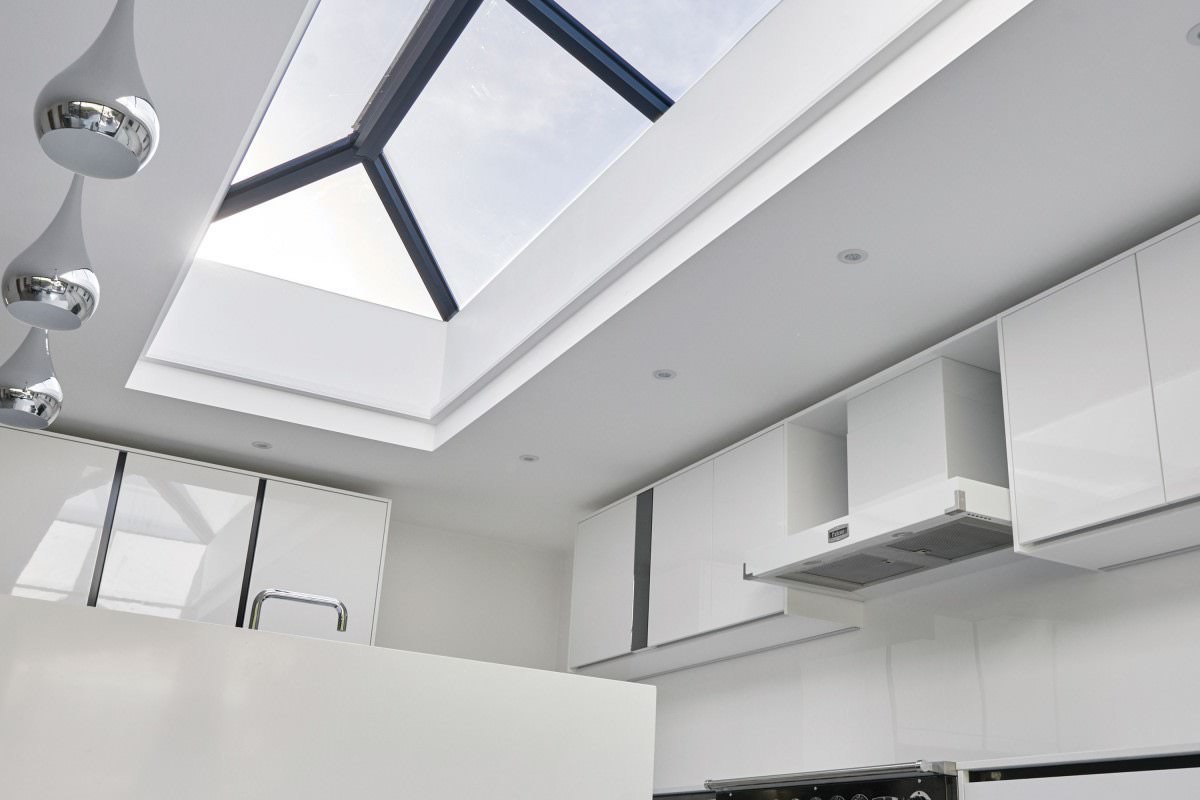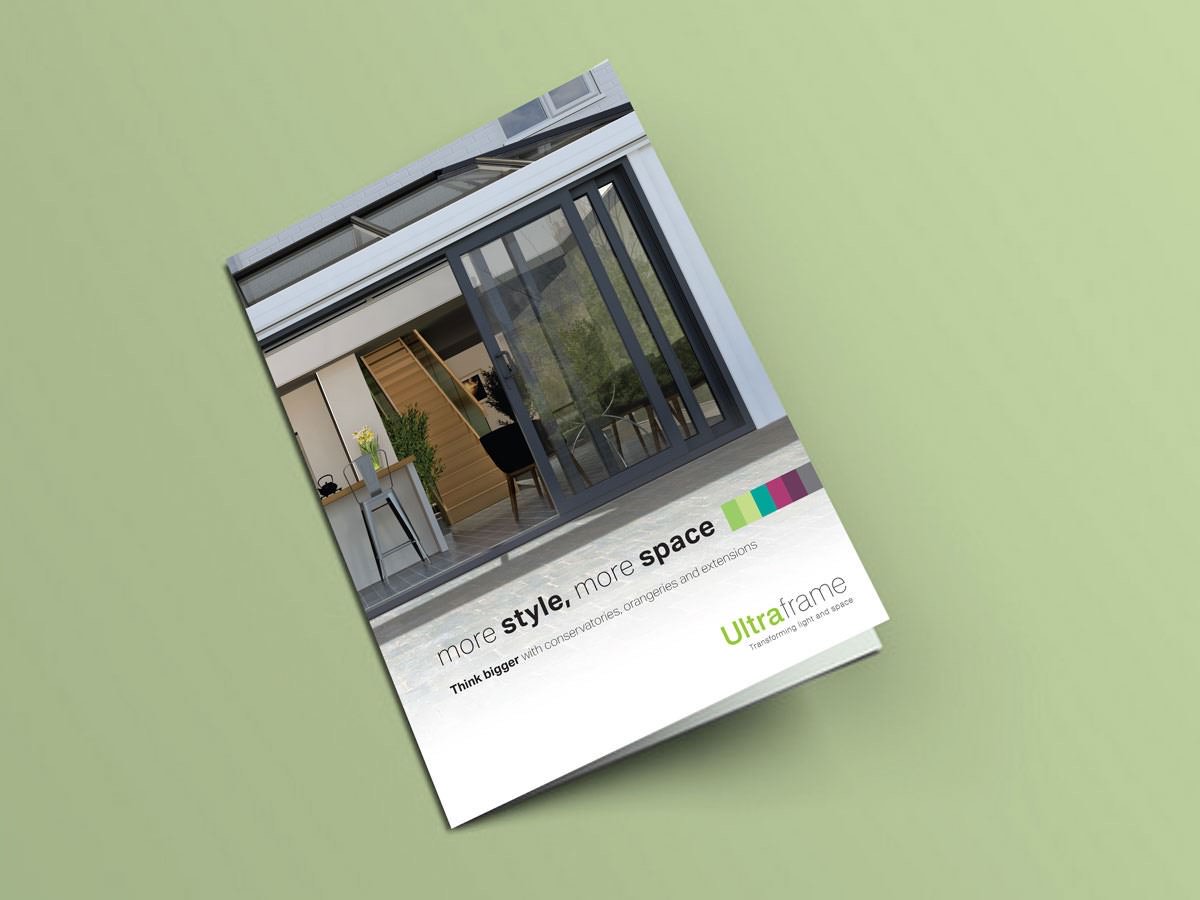Ultraframe’s Design and Development Director – and Chair of the GGF’s Conservatory Association Technical Committee – offers guidance in this article on optimising conservatory glazing performance. For a conservatory, the choice of glazing used both in the roof and the side frames is critical to comfort levels. So, what do you need to know?
A Few Basics First
Glass is very good at trapping heat; this occurs because short wave energy from the sun easily travels through the glass. This energy then gets absorbed by objects behind the glass like walls and floors, which re-radiate heat back into the conservatory in the form of long wave energy. Glass is more opaque to long wave energy, so the heat gets reflected into the room.
The transmittance properties of glass can be varied by changing the colour of the glass or by applying coatings to its surface to make it reflective to the energy, or a combination of the two, which can create thousands of permutations. These differences might seem small, but they can have a significant impact on the glass’s ability to make your conservatory comfortable.
You may also be interested in learning that:
- Low Iron Glass is becoming popular – it is better at letting the short-wave energy through than standard glass and can further contribute to solar heating.
- One type of coating is called ‘low emissivity,’ which helps reflect the long wave energy back into the room preventing heat escaping.
- A second type of coating is designed to reflect the short-wave energy and prevent solar overheating
- An alternative to a solar coating is a tint within the body of the material which can absorb some of the energy before it enters the room.
- The more direct (perpendicular) the sun’s rays are to the surface of the glass, the more of its energy goes through the glass. Typically glass in the conservatory roof will let in three times the sun’s energy compared to the vertical glass in a window.
- The next difference between conservatory roof glass and windows is the way in which heat escapes. The air currents that are within and around an insulating glass unit behave differently when the glass is sloping.
- The change in behaviour means sloping glass loses heat at a greater rate than vertical glass. The result is that typically 30% more heat escapes through sloped glass compared to an equivalent sized piece of glass vertically mounted.

Glazing Materials for Your Conservatory
Six factors influence the choice of glazing material:
- Regional climate
- Orientation of the glazing to the sun
- Budget
- Aesthetic choice
- Desired environment
- Ease of maintenance
In practice - because of the general public’s lack of knowledge and the variety of products available - there is a seventh factor, and that is the agenda of the person who is selling the conservatory.
What’s the Best Glazing Material for a Conservatory?
There is no right solution, and it’s equally clear that one solution cannot be the best in every circumstance. That said, there are specifications of glass that cover a broad range of conditions. The two main types are low emissivity and solar control.
Low Emissivity
Its emissivity partly determines the rate at which a conservatory loses heat through the glass. There is a range of products that give different results. Very low U-values (low emissivity) can be achieved with soft coat products, but they are not so good at allowing solar gain. Hard coat products have slightly worse U-values but benefit from greater solar gain. The properties of each need to be weighed up when choosing the glass for a conservatory roof or vertical glazing.
Solar Control
The solar control glass used by Ultraframe in its Conservaglass brand reflects a high proportion of the sun’s heat, so it makes a good all-round roof glass for the UK climate. It blocks out a significant amount of the sun’s energy but allows some solar gain and has decent levels of light transmittance. Therefore, with good ventilation, there will be very few times where it gets too hot if the conservatory is predominantly south facing.
Find Your Nearest Ultra Installer
For more advice about how best to optimise the performance of your conservatory, or discuss which design is best if you are still at the design stage, please use our free search tool to locate an Ultra Installer in your area.
Every Ultra Installer registered with us must prove their expertise and keep up-to-date with our latest products.
You can also contact Ultraframe directly during the process. We can call or email you with further information about our conservatories, conservatory roofs and other products in our range – so please let us know if you want to talk to us.





